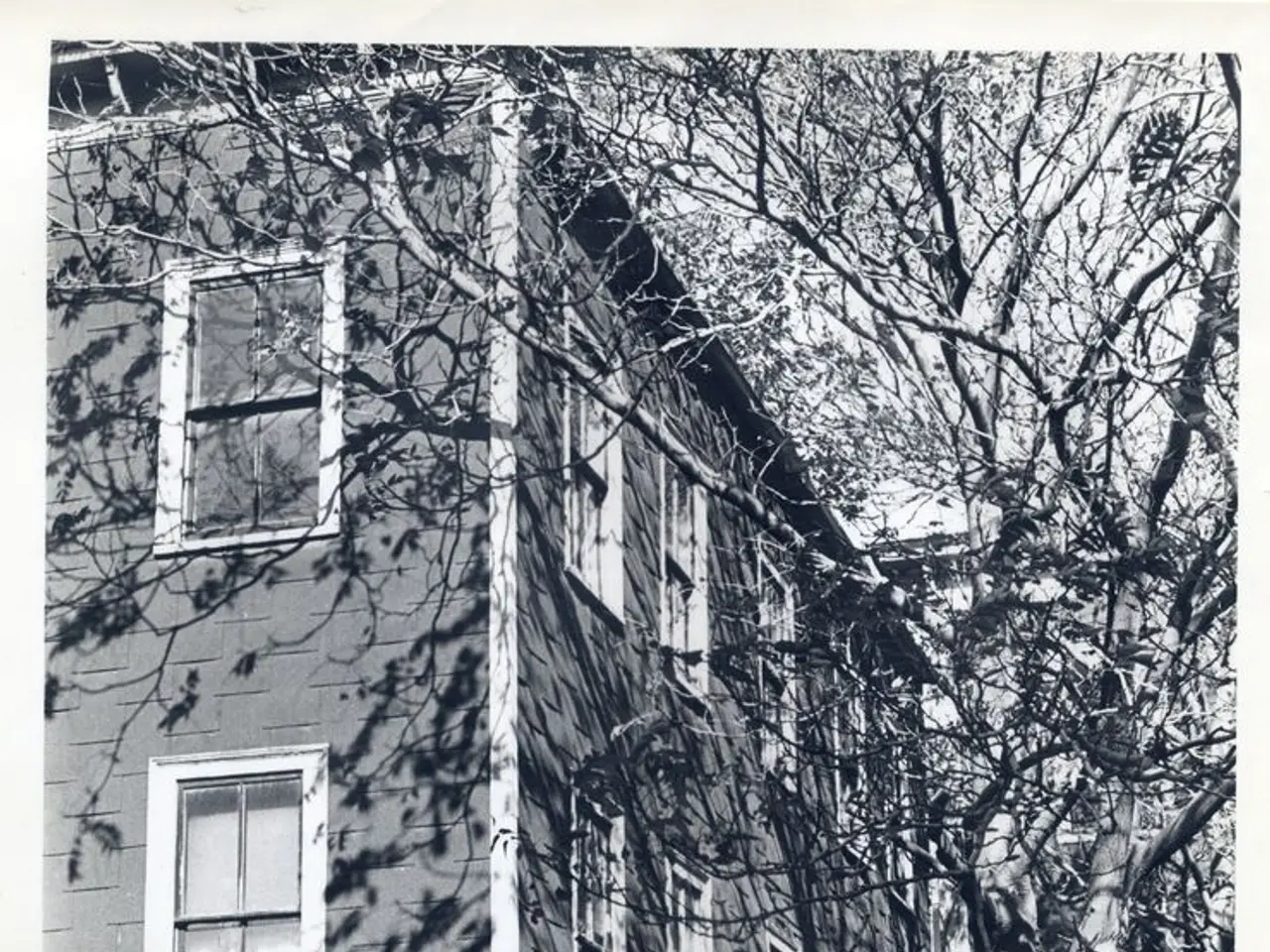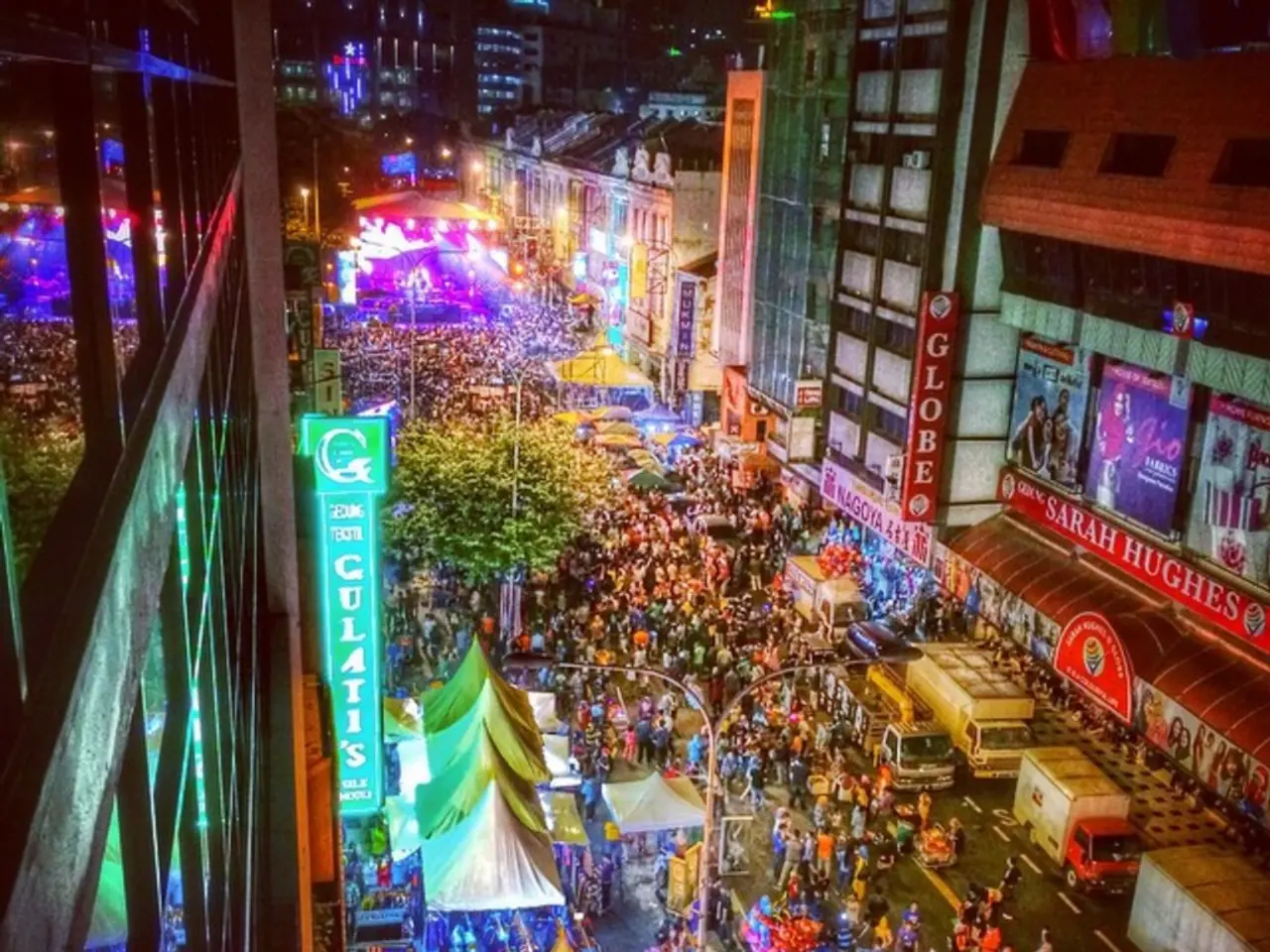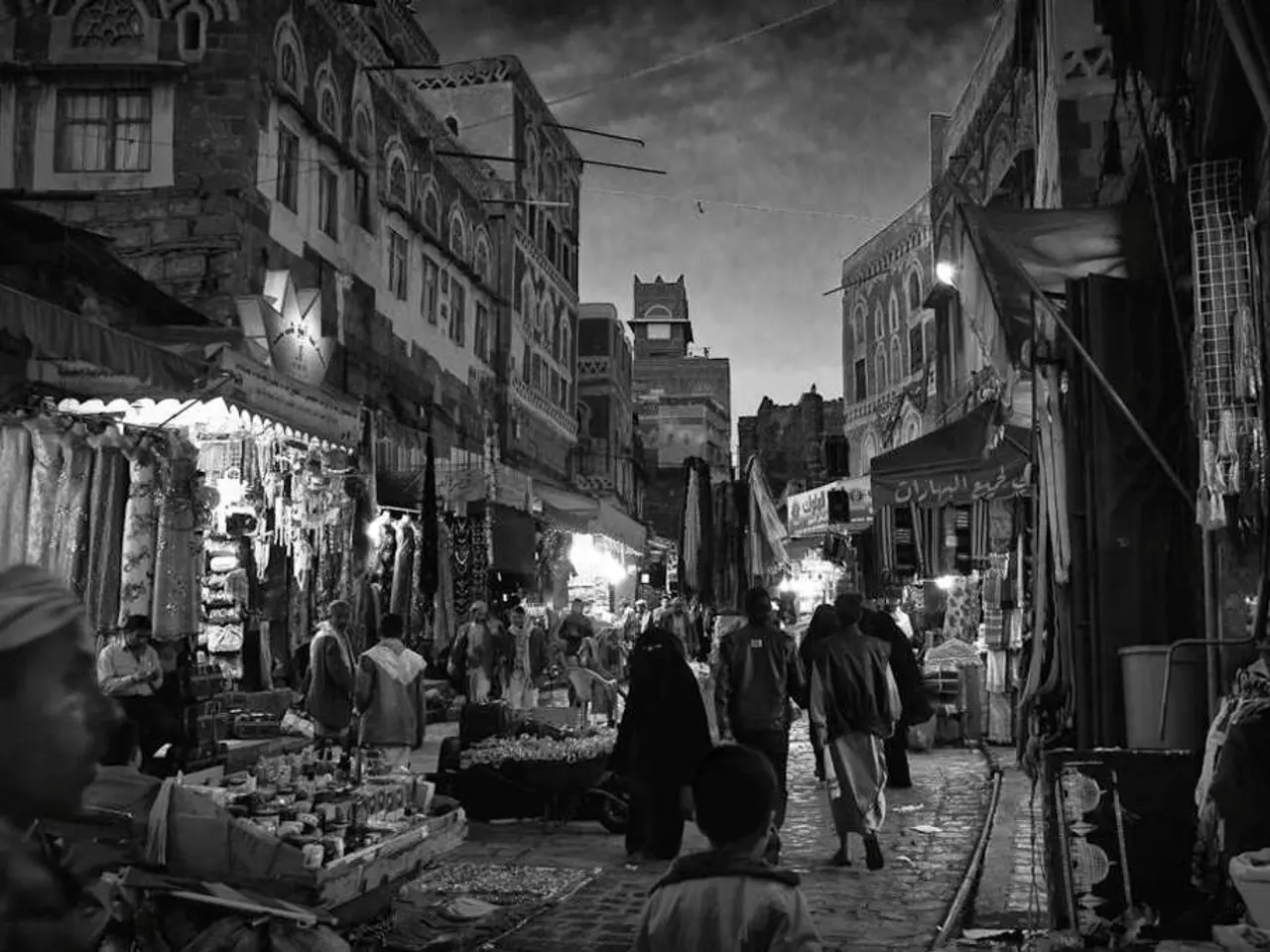Recognize the land we call our home?
Villa Kerpfenstein: A Historic Gem in Gernsbach, Germany
Nestled in the heart of Gernsbach, a city district in Germany, lies a three-story building that once served as a popular tourist destination. Known as Villa Kerpfenstein, this architectural marvel was designed by Mannheim architect Adolph Blumhardt in 1901 and showcases an elegant Art Nouveau style.
The villa, with its expansive private park, was opened to the public in May 1930. The park, spanning 1.3 hectares, was adorned with exotic trees, a terraced rock garden, a rose-covered arcade, and a pond with a captivating waterfall. The building itself featured a restaurant hall and a modern toilet facility, adding to its allure.
However, the villa's history is not without its share of tragedy. The family that originally inhabited the villa faced misfortune. The father, who had taken over the management of Badische Holzstoff- und Pappenfabrik in Obertsrot the previous year, returned from World War I with a severe injury and passed away in 1921. The youngest daughter, too, faced heartache, as she tragically committed suicide out of love.
In 1939, an extension was added to the building, and the villa continued to serve as a tourist destination until 1968. During the World War II, the French occupying power seized the building and used it for ten years, with the general of the Gendarmerie and part of his staff having their seat there.
After the family left, the building served as a private residence and business premises. In 1957, the city once again used the building for its gastronomic purpose. The lease agreements of the operator in 1930 explicitly stated that guests could stay in the social rooms without consumption, but this provision was no longer mentioned in the agreements by 1957.
The villa, with its rich history and unique charm, found a new purpose promoting tourism with a refined gastronomic offering, various social rooms, play and reading rooms. Today, the exact name of the house is being sought as part of a riddle series, and personal memories or stories connected to it are welcome.
The villa's history is intertwined with notable figures. The wife's family had a distinguished name, with a relative being a prominent figure in the German National Assembly in 1848/49. Another relative, Albert Bassermann, was considered one of the most significant German-speaking actors in the first half of the 20th century.
The villa Kerpfenstein stands as a testament to the city's history, a reminder of its past, and a beacon of its heritage. Its story continues to unfold, inviting us to delve deeper into its rich and intriguing past.
Other lifestyle options have developed within Villa Kerpfenstein over the years, with the villa now serving as a tourist destination and a venue for gastronomic offerings and various social events. As home-and-garden enthusiasts explore Gernsbach, they can discover the beautiful 1.3-hectare park at Villa Kerpfenstein, featuring exotic trees, a terraced rock garden, a rose-covered arcade, and a captivating waterfall.




